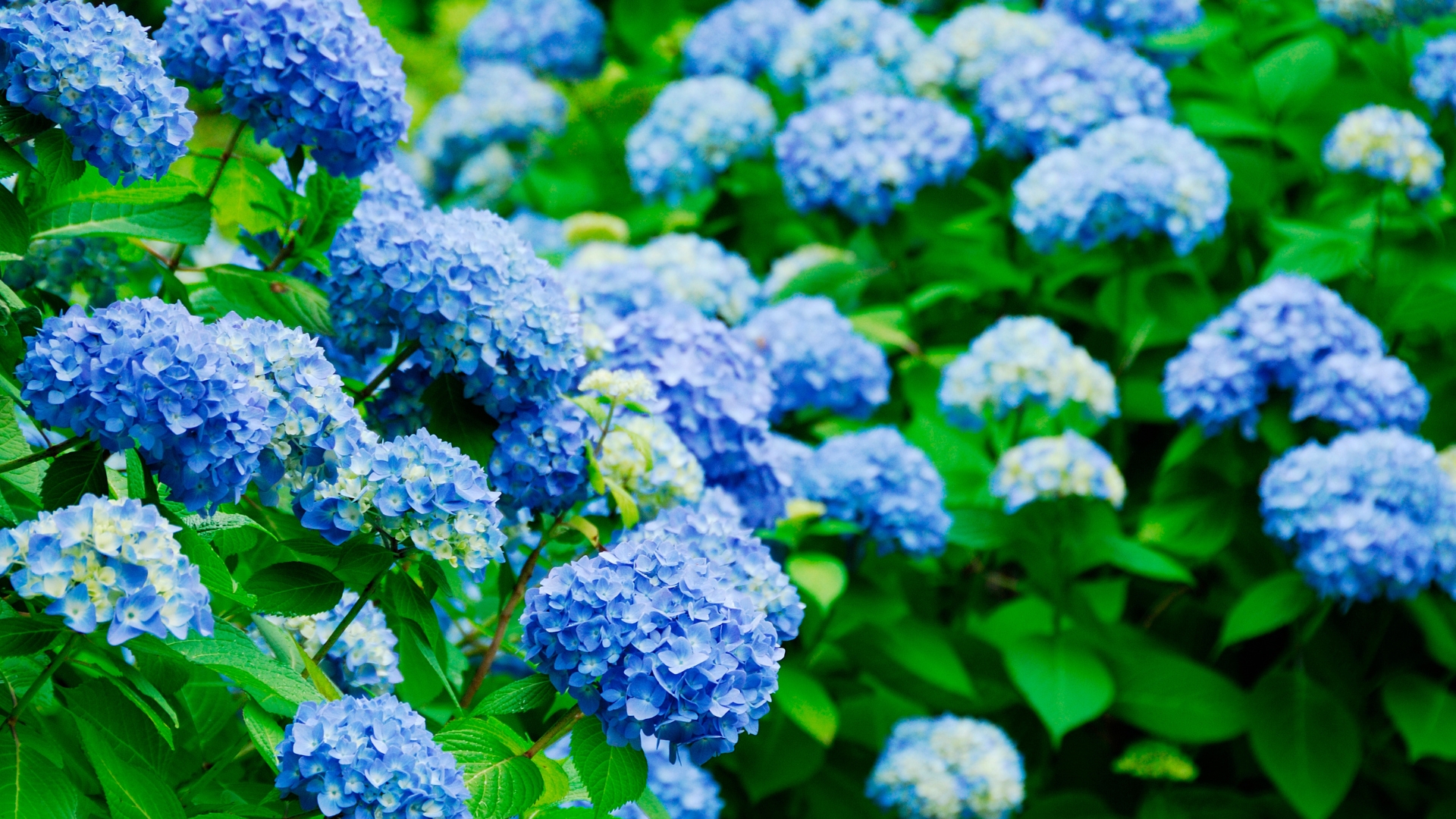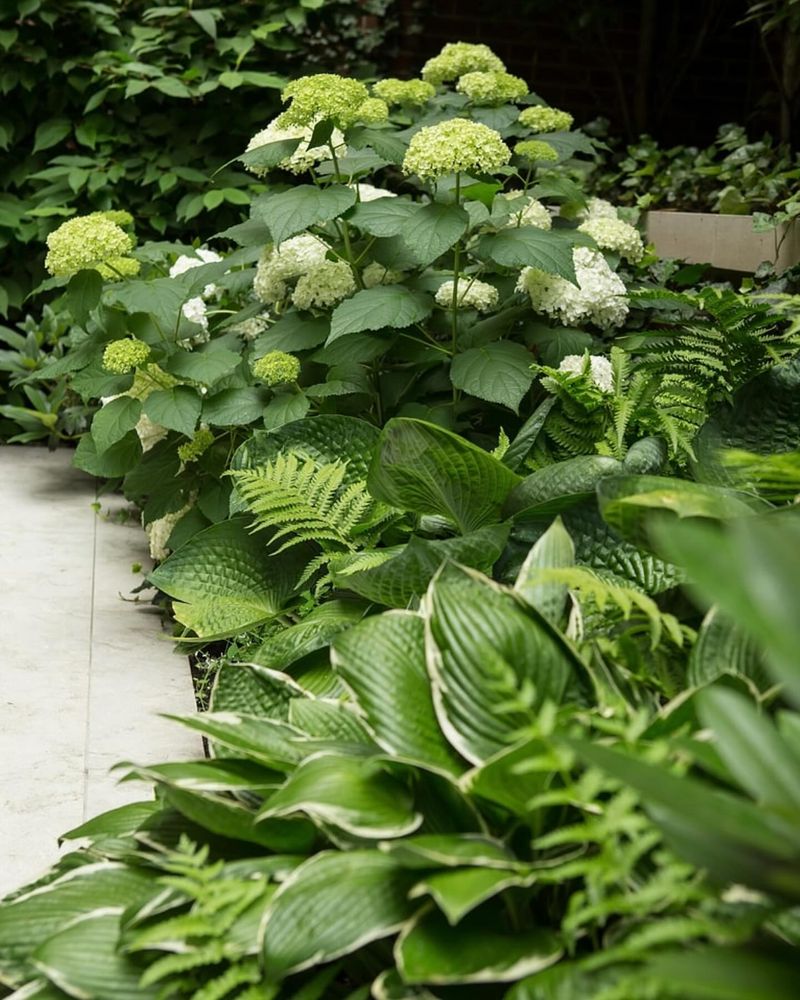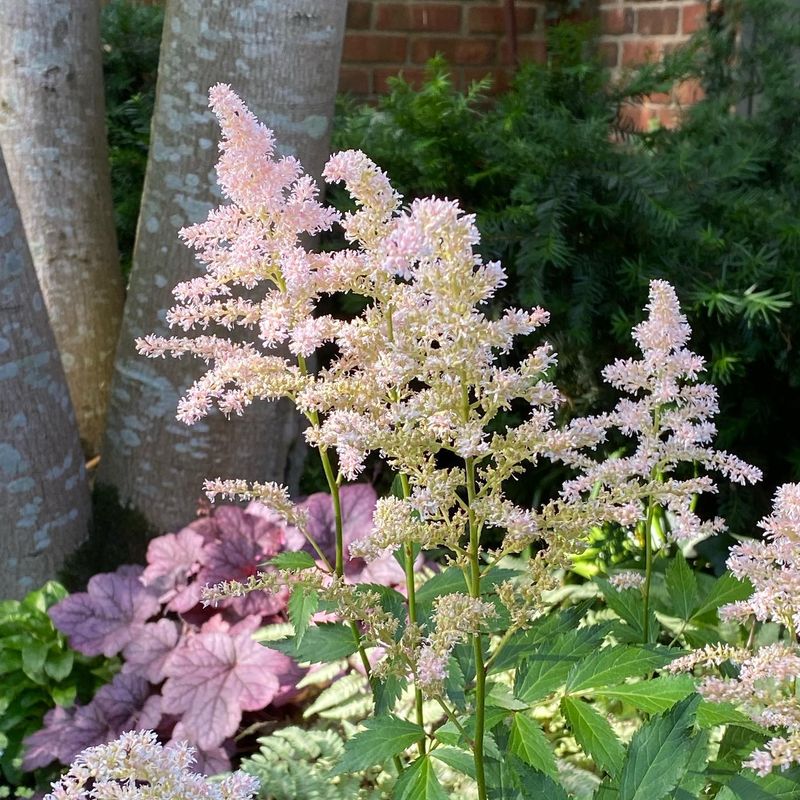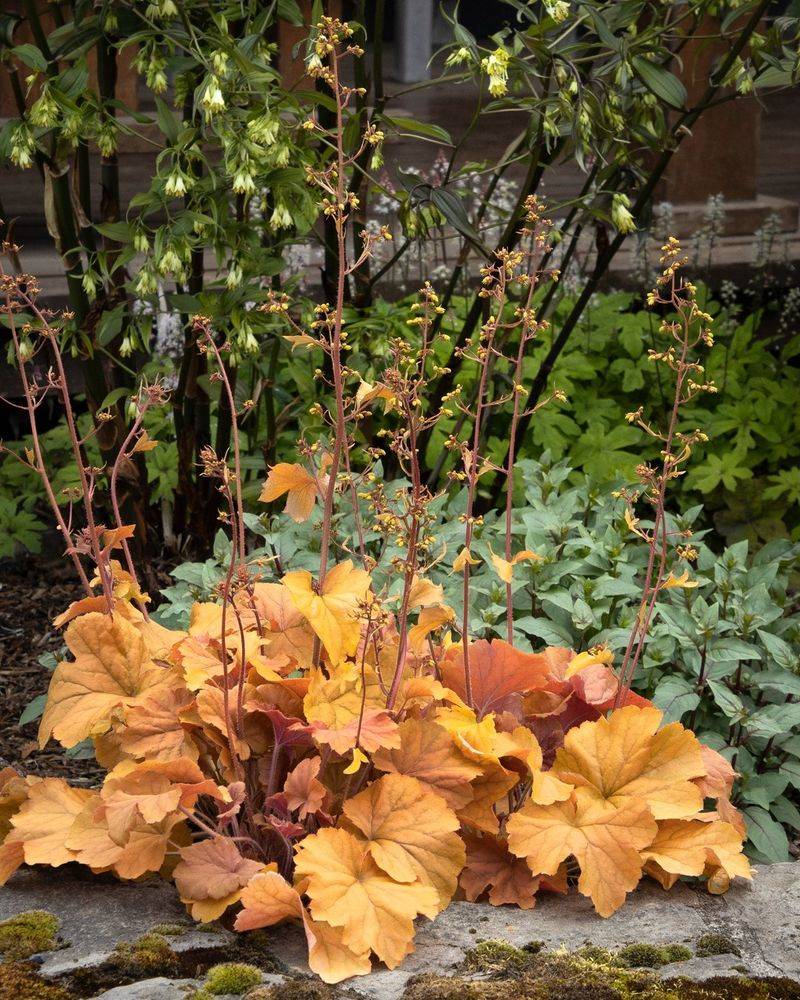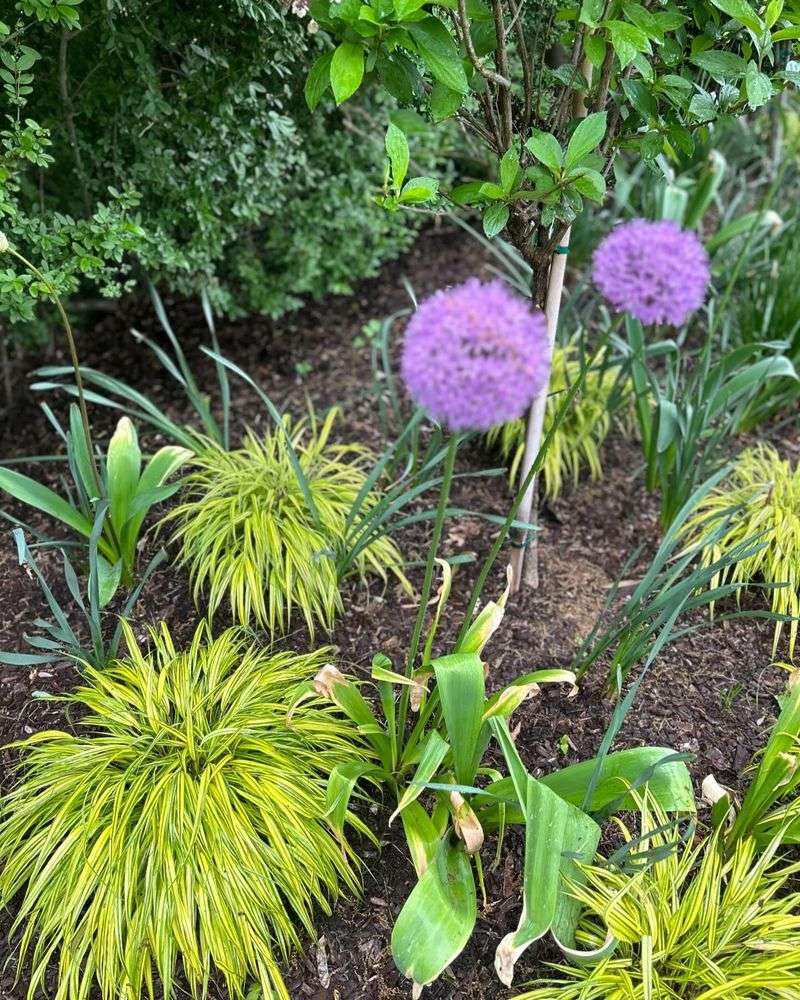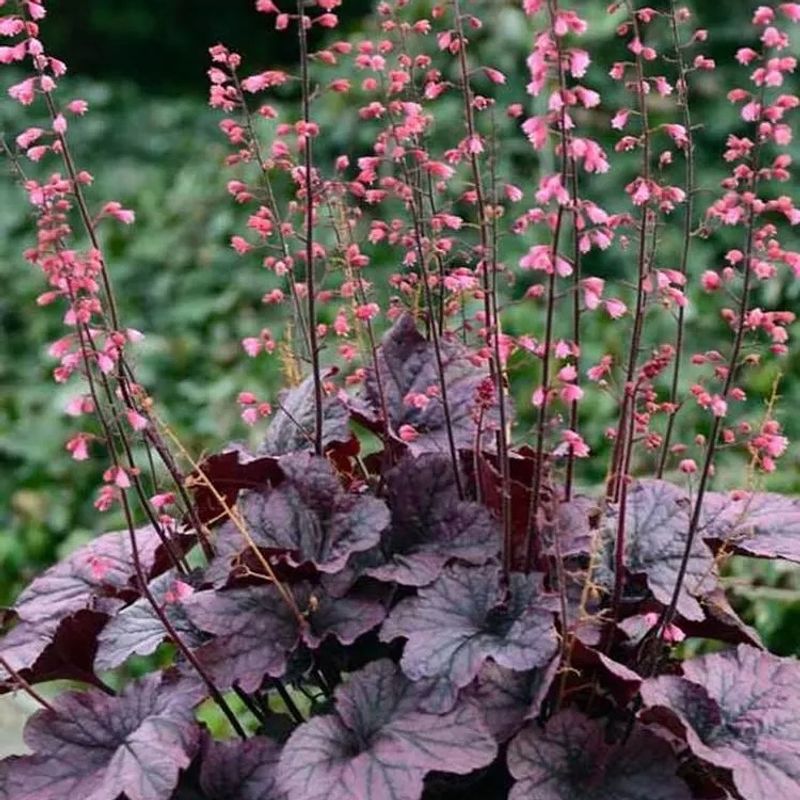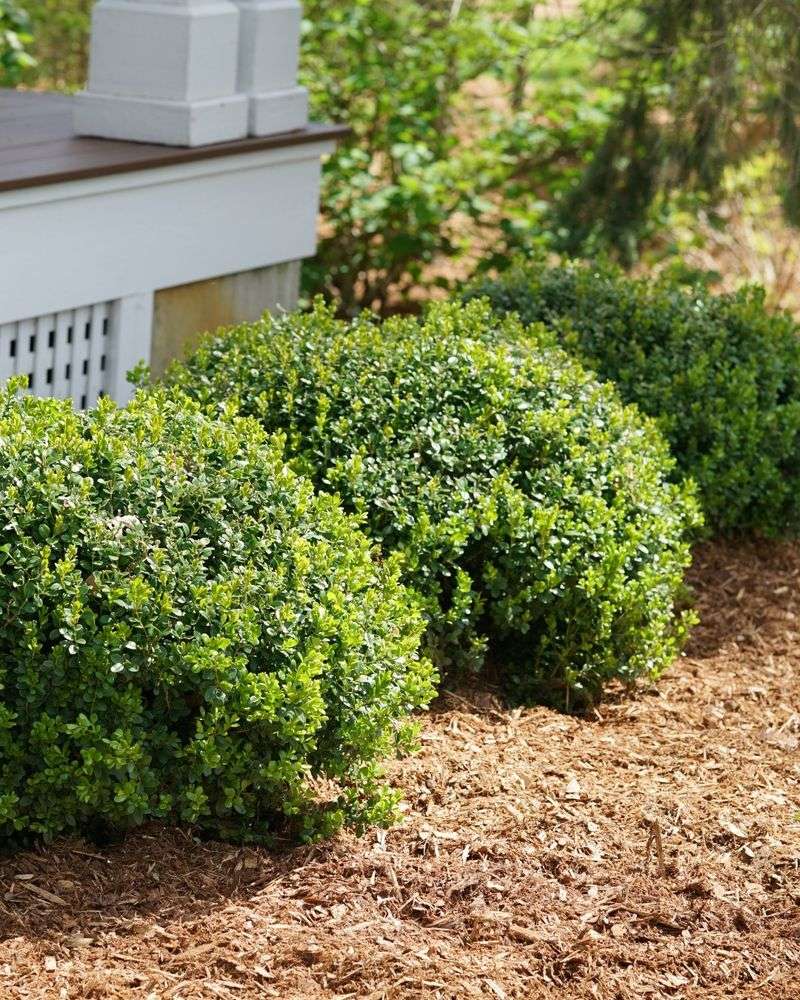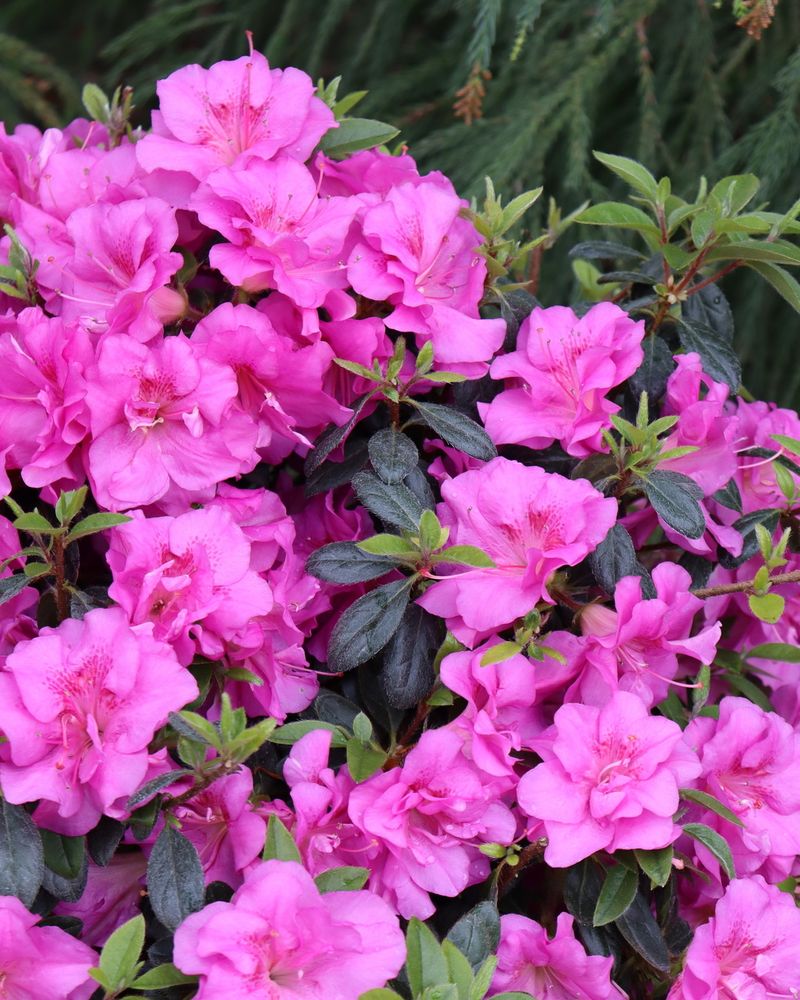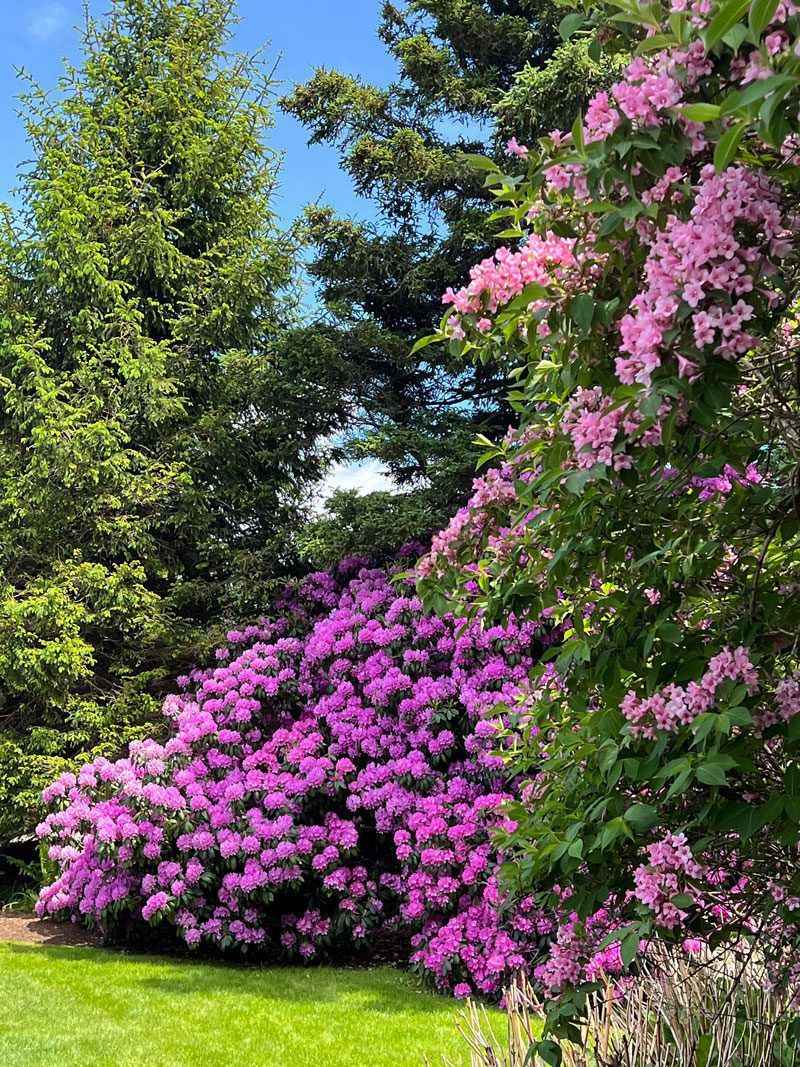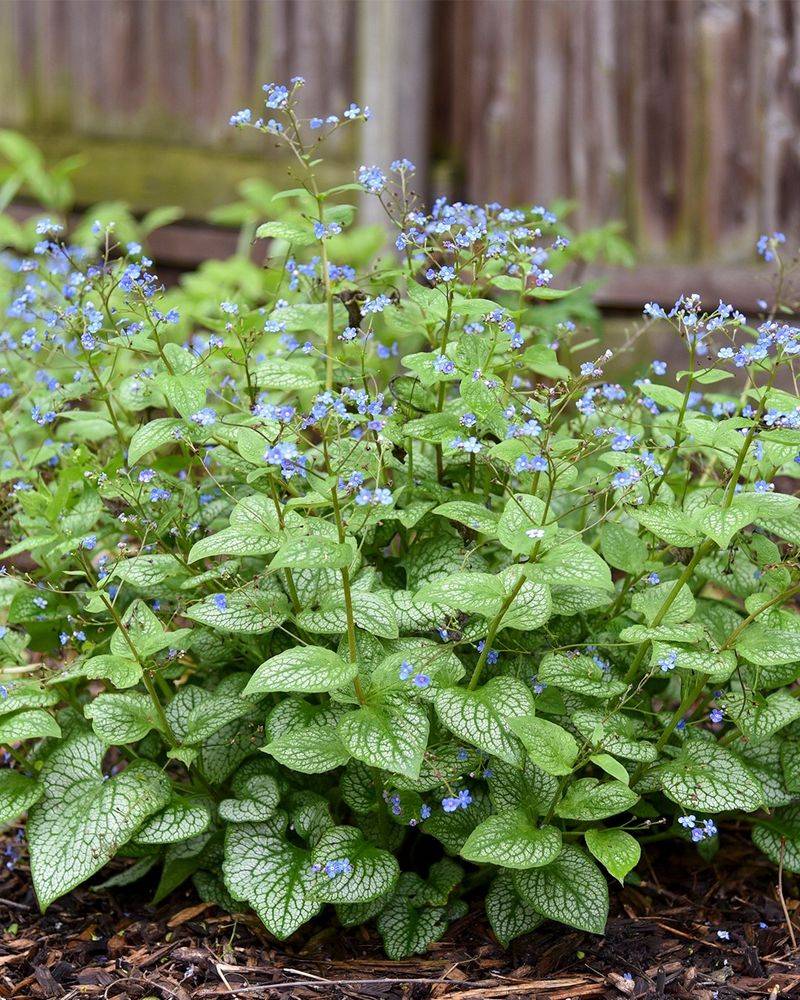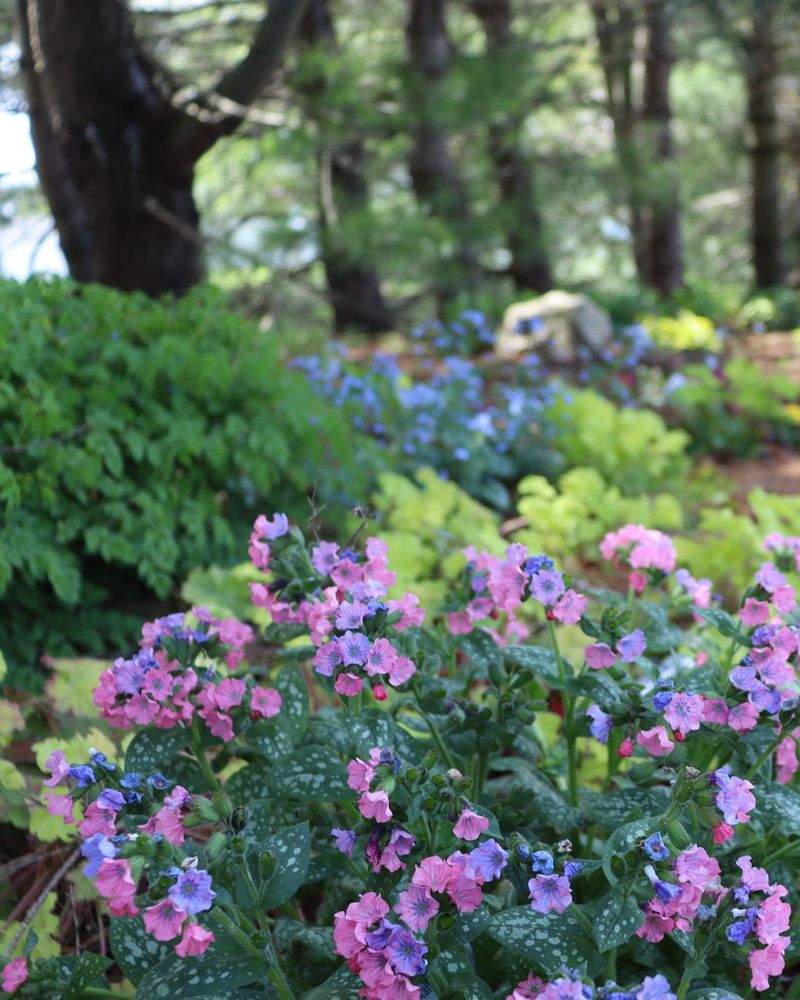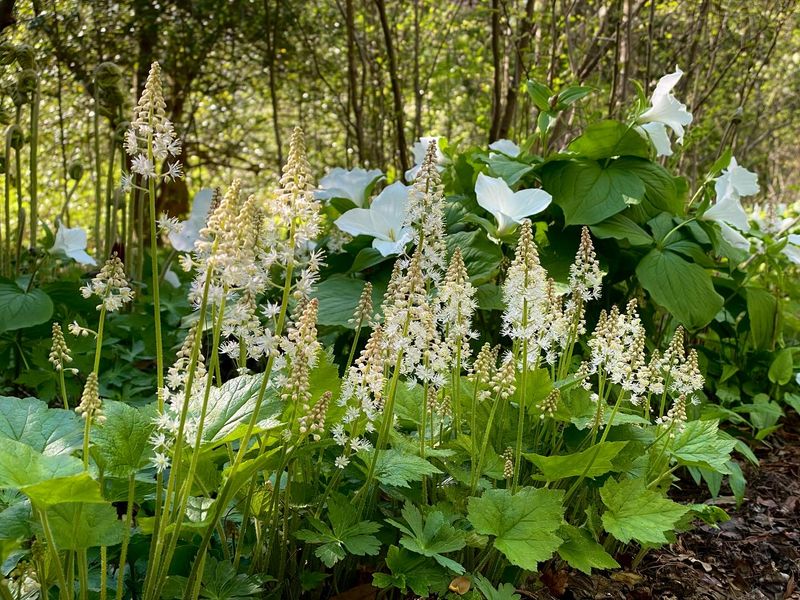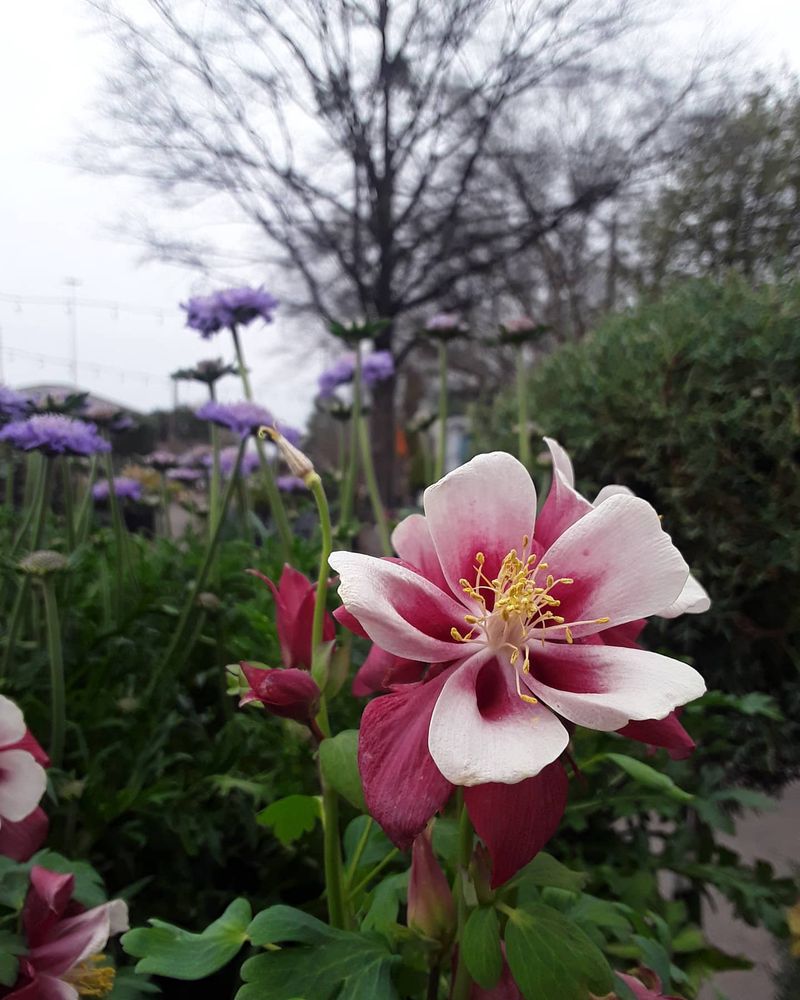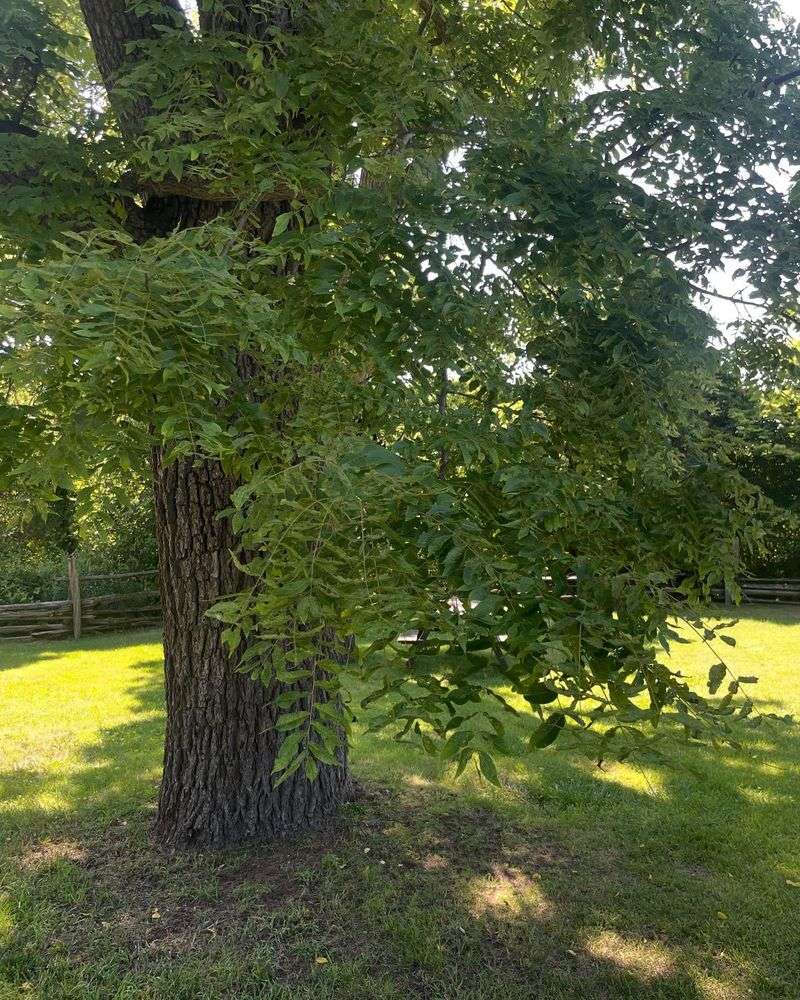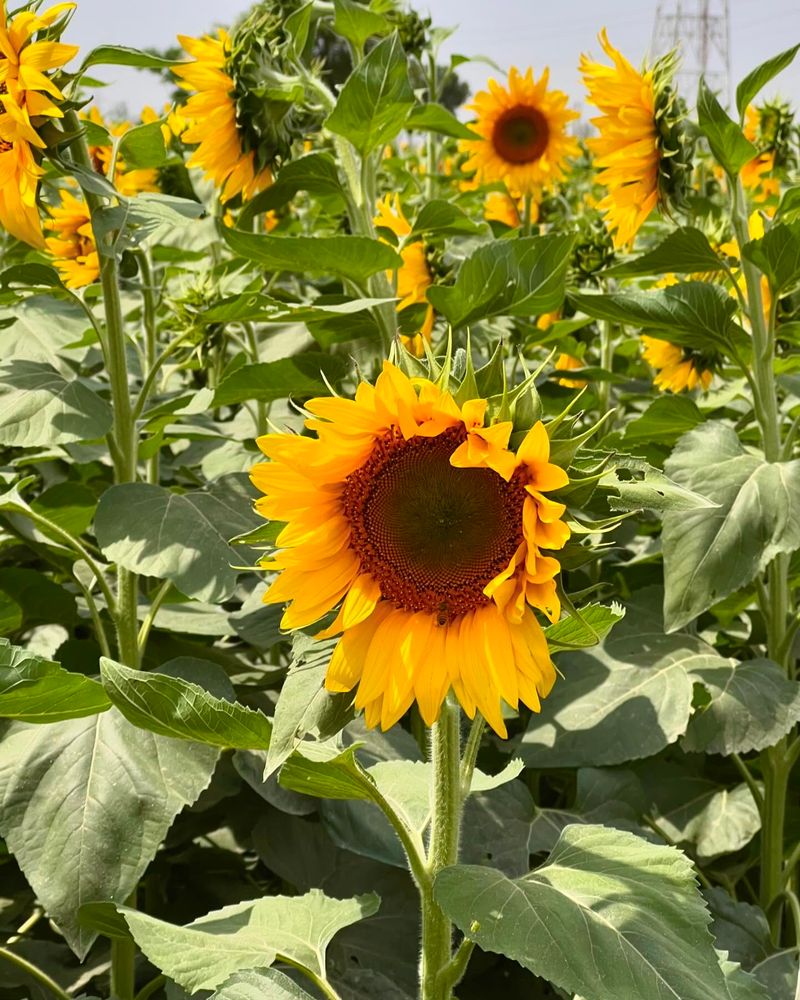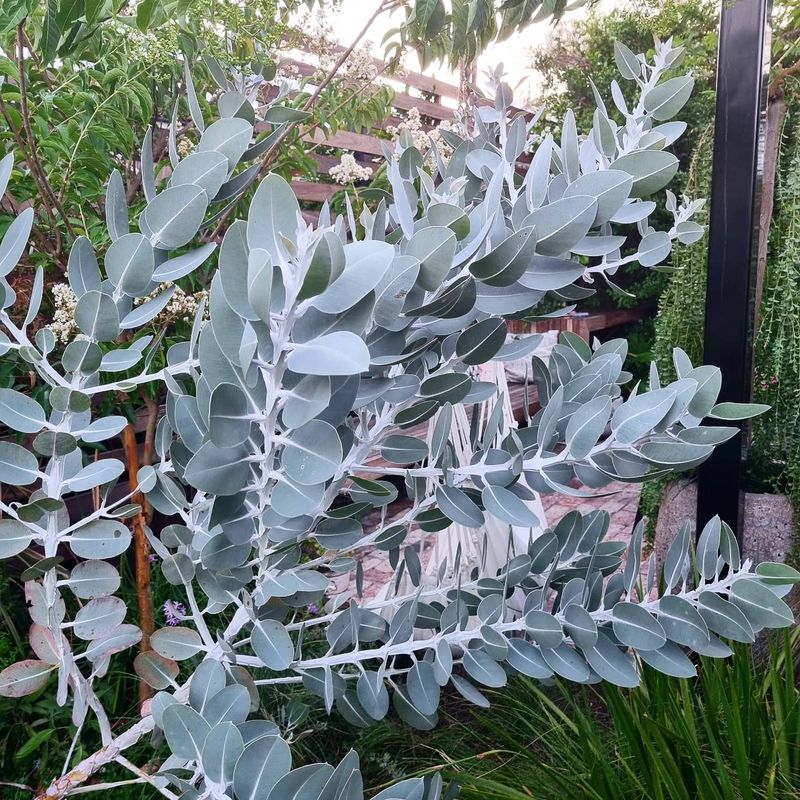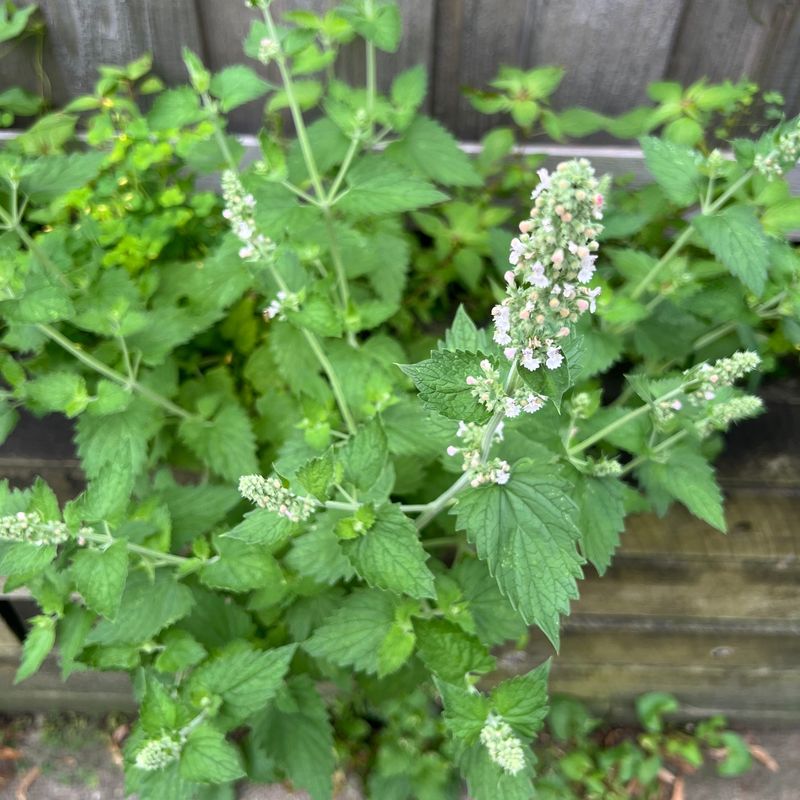Hydrangeas already steal the show, but pair them with the right companions and your garden turns into a total stunner. I’ve tried quite a few combos over the years—some were dreamy, others… not so much.
So I’ve put together a list of 15 plants that really bring out the best in hydrangeas, plus a few that just don’t vibe well. Think of it like matchmaking, garden style.
Let’s give those hydrangeas some good company!
1. Hostas
Ever found yourself on a garden stroll, only to be stopped in your tracks by a lush, green bed of hostas? These plants, with their elegant, wide leaves, make the perfect backdrop for the bold blooms of hydrangeas.
While hydrangeas steal the show with their colorful flowers, hostas offer a rich, green contrast that elevates the whole scene.
Not only do they look good together, but hostas thrive in the same partial shade conditions as hydrangeas, making them a practical choice, too. Plus, their low-maintenance nature means you can spend less time fussing and more time admiring your handiwork.
2. Ferns
Stepping into a garden adorned with ferns is like entering a serene, green oasis. These shade-loving plants offer a feathery elegance that complements the bushy blooms of hydrangeas beautifully.
Their soft texture and rich green tones create a calming backdrop that highlights the vibrant colors of hydrangea flowers.
Ferns are wonderful for adding depth and texture, especially in shady or woodland gardens. They thrive in similar conditions to hydrangeas, so you can plant them together with confidence, knowing they will both flourish and enhance your garden’s natural beauty.
3. Astilbes
When astilbes are in the garden, it feels like a celebration of color and texture. These plants, with their feathery, plume-like flowers, are the perfect partners for hydrangeas.
Their striking red, pink, or white blooms stand out beautifully against the lush, rounded clusters of hydrangea flowers.
Astilbes thrive in moist, well-drained soil and partial shade, just like hydrangeas. This compatibility makes them a natural choice for planting together.
4. Heucheras
If you’re looking to add a splash of color to your garden, heucheras are your go-to. These plants, also known as coral bells, offer a dazzling array of leaf colors from deep purples to bright greens.
Heucheras thrive in the same conditions as hydrangeas, preferring partial shade and well-drained soil. Their compact size makes them ideal for front-of-border plantings, adding a pop of color right where you need it.
5. Japanese Forest Grass
There’s nothing quite like the gentle sway of Japanese forest grass to bring a touch of tranquility to your garden.
These grasses, with their graceful arching leaves, are the perfect companion for the bold blooms of hydrangeas. The soft, buttery yellow hue of the grass adds a warm contrast to the cooler, jewel-toned flowers of hydrangeas.
Both plants thrive in similar conditions, loving the partial shade and moist soil. Japanese forest grass adds movement and an airy feel to the garden, making it an ideal choice for creating a dynamic and harmonious space.
6. Coral Bells
Picture a garden where vibrant foliage meets blossoms of every hue; that’s what you get with coral bells and hydrangeas.
Coral bells, with their strikingly colorful leaves, offer a delightful contrast to the soft blooms of hydrangeas. These plants, sometimes called heucheras, come in shades ranging from burgundy to lime green.
They thrive under similar conditions, making them a practical pair in the garden. Their ability to add texture and color without overshadowing the hydrangeas makes them a favorite among gardeners looking to create visually stunning plantings.
7. Boxwood
Let’s talk structure and elegance—boxwoods offer both in spades. These evergreen shrubs provide a timeless backdrop for the vibrant blooms of hydrangeas.
Boxwoods are fantastic for adding a formal touch to your garden, with their ability to be shaped into hedges or topiaries. They thrive in similar conditions to hydrangeas, enjoying partial shade and well-drained soil, making them a classic choice for gardeners who want to combine style with substance.
8. Azaleas
Walking through a garden filled with azaleas feels like wandering into a floral wonderland. These stunning shrubs, with their dazzling array of blooms, pair beautifully with hydrangeas. The riot of pinks, purples, and whites from azaleas adds an extra layer of color to the garden.
Both azaleas and hydrangeas thrive in acidic soil and partial shade, making them perfect partners. The combination of their blooms creates a continuous display of color, ensuring your garden remains a vibrant retreat throughout the growing season.
9. Rhododendrons
Imagine stepping into a garden where rhododendrons and hydrangeas vie for attention. Rhododendrons, with their bold, showy flowers, provide a magnificent contrast to the softer, rounded blooms of hydrangeas. The combination of these two creates a tapestry of colors that’s hard to resist.
Both plants enjoy the same acidic soil and partial shade conditions, making them compatible in the garden. Their ability to bloom at different times ensures that your garden remains a visual delight throughout the seasons, offering a feast for the eyes.
10. Bleeding Heart
Wandering through a garden where bleeding hearts bloom feels like discovering a hidden fairytale. These plants, with their delicate heart-shaped flowers, bring a touch of romance to your garden when paired with hydrangeas.
Both thrive in partial shade and well-drained soil, making them excellent companions in a woodland or shade garden. Their complementary blooming periods ensure a steady display of flowers from spring through summer, adding charm and whimsy to your outdoor space.
11. Brunnera
Have you ever stumbled upon a patch of brunnera in the garden? Its delicate, forget-me-not blue flowers captivate the senses, providing a subtle yet beautiful contrast to the boldness of hydrangea blooms. With large, heart-shaped leaves, brunnera offers texture and interest throughout the growing season.
Brunnera thrives in shade and enjoys moist, well-drained soil, making it an ideal companion for hydrangeas. Their partnership brings a mix of subtlety and drama to the garden, ensuring an enchanting display that delights visitors and garden enthusiasts alike.
12. Lungwort
Imagine finding a plant that not only tolerates shade but actually thrives in it—lungwort is that gem. With its spotted leaves and charming pink and blue flowers, lungwort adds an unexpected twist to the garden when paired with hydrangeas.
Both plants enjoy shady spots and moist soil, making them a match made in horticultural heaven. Lungwort’s unique appearance and adaptability make it an exciting addition to any garden, offering visual interest and a conversation starter among your garden’s guests.
13. Tiarella
In the world of garden design, tiarella is like the little black dress—timeless and versatile. With its frothy white flowers and distinctive, lacy leaves, tiarella pairs beautifully with the robust blooms of hydrangeas. This delightful combination creates a balance of texture and form.
Both plants prefer partial shade and well-drained soil, ensuring they thrive together. Tiarella’s delicate appearance adds a touch of whimsy to the garden, making it a favorite for those seeking to create a tranquil and magical outdoor space.
14. Daylilies
Have you ever watched the sun set over a garden full of daylilies? It’s a sight to behold. These resilient plants, with their bright, trumpet-shaped flowers, add a burst of sunshine to any garden. When paired with the lush blooms of hydrangeas, the effect is nothing short of spectacular.
Daylilies thrive in well-drained soil and partial to full sun, making them versatile companions. Their long blooming period ensures that your garden remains colorful and inviting, drawing in visitors with their cheerful display.
15. Columbine
Picture a garden where columbine flowers nod gently in the breeze, lending an air of ethereal beauty. These plants, with their delicate, spurred flowers, make wonderful companions for hydrangeas. The contrast between the airy columbine and the bold hydrangea adds depth and interest to the garden.
Columbines thrive in partial shade and well-drained soil, complementing the growing conditions of hydrangeas. Their unique shape and vibrant colors provide a whimsical touch, making them a popular choice for creating a magical, fairy-tale-like garden setting.
16. Black Walnut
Not every garden friendship blossoms—some pairings are downright toxic. Take one of the biggest troublemakers in the backyard: a tree that releases a chemical capable of stopping nearby plants in their tracks. That chemical, juglone, acts like a natural growth blocker and can spell disaster for many garden favorites.
If this tree calls your yard home, it’s time to get strategic. Hydrangeas and several other plants won’t stand a chance unless you plan ahead. Think raised beds, root barriers, or smart spacing to keep your garden thriving in the shadow of this leafy saboteur.
17. Sunflowers
Standing tall and proud, sunflowers are the giants of the plant world, but they aren’t the best neighbors for hydrangeas. Their height and large leaves can overshadow and block sunlight from reaching the shorter hydrangeas.
Moreover, sunflowers can be quite greedy, soaking up nutrients and water that hydrangeas would otherwise use. If you love both plants, consider planting them in separate areas of your garden to ensure each gets what it needs to flourish. This way, both can shine in their own right without competing for resources.
18. Eucalyptus
They might smell amazing and look like a dreamy escape to the Mediterranean, but eucalyptus trees aren’t the best neighbors in the garden. Their potent oils can mess with the soil, making it tough for fussier plants—like hydrangeas—to feel at home.
On top of that, eucalyptus casts dense shade and hogs water, leaving little for anything growing nearby. If you’re set on having both, give them their own zones. That way, each one can shine without stepping on the other’s roots—literally.
19. Mint
It might seem harmless at first, but this garden guest has a wild side. Mint has a way of creeping in and taking over, pushing out anything in its path—including delicate hydrangeas.
Its aggressive growth can hog nutrients, water, and space, making it tough for nearby plants to keep up. Want the best of both worlds? Keep mint in pots or contained areas so it can stay in check while your hydrangeas stay stress-free.
20. Catnip
While catnip may bring joy to your feline friends, its rapid growth can quickly become a challenge for hydrangeas. It spreads fast, taking up space and resources that hydrangeas need to thrive.
To keep the peace in your garden, consider planting catnip in a designated area or container. This ensures both plants have the space they need to grow without competing for nutrients and water.

